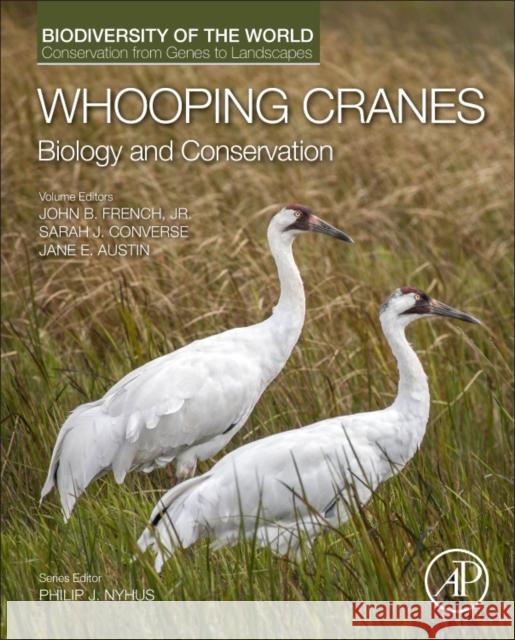Whooping Cranes: Biology and Conservation: Biodiversity of the World: Conservation from Genes to Landscapes » książka
topmenu
Whooping Cranes: Biology and Conservation: Biodiversity of the World: Conservation from Genes to Landscapes
ISBN-13: 9780128035559 / Angielski / Twarda / 2018 / 538 str.
Whooping Cranes: Biology and Conservation: Biodiversity of the World: Conservation from Genes to Landscapes
ISBN-13: 9780128035559 / Angielski / Twarda / 2018 / 538 str.
cena 385,30
(netto: 366,95 VAT: 5%)
Najniższa cena z 30 dni: 381,36
(netto: 366,95 VAT: 5%)
Najniższa cena z 30 dni: 381,36
Termin realizacji zamówienia:
ok. 30 dni roboczych.
ok. 30 dni roboczych.
Darmowa dostawa!
Kategorie:
Kategorie BISAC:
Wydawca:
Academic Press
Seria wydawnicza:
Język:
Angielski
ISBN-13:
9780128035559
Rok wydania:
2018
Numer serii:
000793391
Ilość stron:
538
Waga:
1.30 kg
Wymiary:
23.88 x 19.3 x 3.3
Oprawa:
Twarda
Wolumenów:
01











